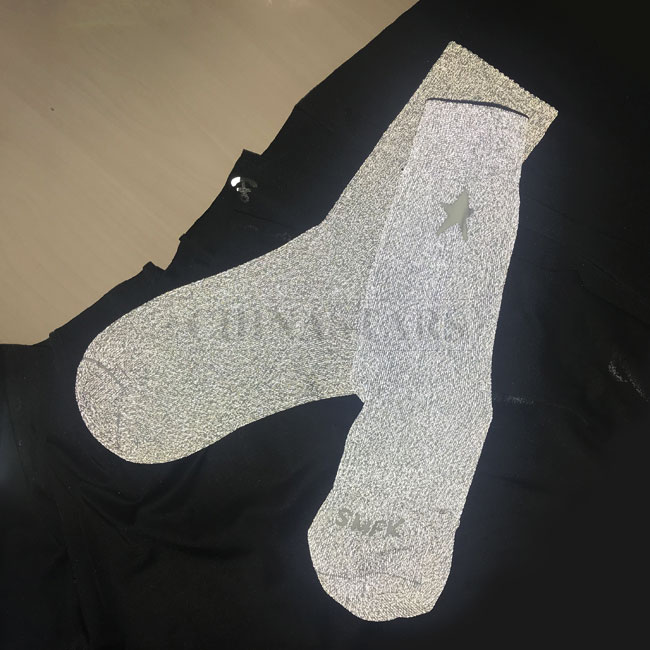In an increasingly fast-paced and interconnected world, safety remains a paramount concern for individuals engaged in various activities, whether it’s commuting, sports, or leisurely outings. The revolutionary solution of reflective yarn has emerged as a game-changer, seamlessly blending safety with style. This innovative material has opened up new avenues for creative design while significantly enhancing visibility, particularly in low-light conditions.
Enhancing Safety
Safety is non-negotiable, especially when it comes to outdoor activities. Reflective yarn serves as a beacon of reassurance for pedestrians, cyclists, and athletes, providing them with the confidence to venture out even in the dimmest of light. The application of reflective yarn on clothing, footwear, and accessories ensures that individuals are not just seen but noticed, reducing the risk of accidents and collisions.
Imagine a late-night jogger donning a pair of sneakers with reflective yarn woven into the laces, or a cyclist with a reflective yarn-enhanced backpack cover. These seemingly small additions can make a world of difference by illuminating their presence to motorists and fellow pedestrians, contributing to a safer environment for everyone.
Fusing Safety with Style
But safety doesn’t have to come at the cost of fashion. The reflective yarn has evolved beyond mere functionality, becoming a trendy and sought-after element in the world of design. Fashion-forward individuals no longer need to compromise on their style choices to stay safe.
From sleek reflective stripes on jackets to intricate patterns on accessories, reflective yarn offers a versatile canvas for creative expression. Designers can now seamlessly incorporate safety features into their products without sacrificing aesthetics. This fusion of safety and style has transcended traditional boundaries, creating a new genre of fashion that prioritizes both individuality and well-being.
Diverse Applications
The versatility of reflective yarn knows no bounds. Its application spans various industries, each benefiting from its unique properties. Beyond clothing and accessories, reflective yarn finds its way into home textiles, outdoor gear, and even pet products.
- Home Textiles: Reflective yarn is seamlessly integrated into curtains, tablecloths, and decorative elements. This ensures that even the interior spaces of a home prioritize safety while exuding elegance.
- Outdoor Gear: From camping equipment to hiking gear, reflective yarn ensures that outdoor enthusiasts are visible to their fellow adventurers and potential rescuers, promoting a culture of safety in nature.
- Pet Products: Reflective yarn is incorporated into pet collars, leashes, and even pet clothing, extending the safety net to our four-legged companions during evening walks.
In conclusion, the application of reflective yarn represents a harmonious blend of safety and style. Its evolution from a practical material to a design element underscores its importance in modern living. By choosing products enhanced with reflective yarn, individuals embrace a lifestyle that values safety without compromising on self-expression. As technology and design continue to converge, the future holds exciting possibilities for further innovations in reflective yarn, making the world a safer and more vibrant place for all.

